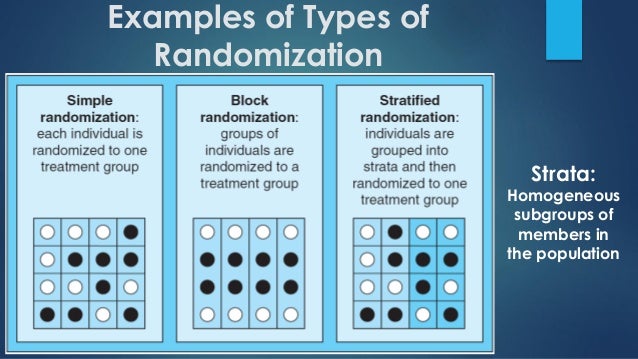
The effects of templates on performance typically are measured by cuing observers to particular target features before a given search display, informing them about one or more of the target's properties or, in the case of TFR, the nontargets' properties. TFR may operate in concert with target templates during many searches but likely influence behavior, particularly when target features are unknown (e.g., Müller et al., 1994 Woodman & Luck, 2007). As opposed to target templates that specify target features, the types of templates active in designating a stimulus as not relevant, or as a nontarget, have been termed nontarget templates (Müller, Humphreys, & Donnelly, 1994) or templates for rejection (TFR Woodman & Luck, 2007). However, surely it must play a key role in behavioral inhibition-inhibiting attention to, and responses to, irrelevant stimuli that are perceptually salient or that elicit affective responses (substances of addiction, phobic stimuli). This mode of search has received much less attention than search for known categories of targets. When the target's properties are not known, search may proceed by rejecting stimuli that are known to be irrelevant nontargets. Search templates may also operate in an alternative mode. Second, a template may establish response criteria, releasing a response only when the match between a stimulus and the template reaches threshold. First, when a searched-for target object's position is unknown, a template may specify the target's properties, biasing attention shifts toward objects that share one or more of the target's properties (Duncan & Humphreys, 1989 Malcolm & Henderson, 2009 Reeder & van Peelen, 2013 Wolfe, Cave, & Franzel, 1989 Wyble, Folk, & Potter, 2013). These top-down representations, or search templates, must often specify a target object's features, influencing search in at least two ways. Efficient search of such complex stimuli requires flexible, top-down representations that specify which stimuli are relevant and which are not (Arita, Carlisle, & Woodman, 2012 Bundesen, 1990 Cohen, Konkle, Rhee, Nakayama, & Alvarez, 2014 Koshino, 2001 Telling, Kumar, Meyer, & Humphreys, 2010 Wolfe, 1994). The human visual system presumably is optimized for processing the complex combinations of objects, colors, surfaces, and textures that typify natural scenes (Burge, Fowlkes, & Banks, 2010 Sigman, Cecchi, Gilbert, & Magnasco, 2001 Tkacik, Prentice, Victor, & Balasubramanian, 2010). TFR can specify semantic information to guide attention away from nontargets. These patterns were not observed for one-image displays or when observers searched for object categories rather than ignoring them, demonstrating their specificity to TFR, the inadequacy of search-and-destroy models to account for them, and likely basis in attentional guidance.

Adding a training phase to highlight semantic distinctiveness of two object categories reinstated the two-category cost, precluding stimulus-based accounts of the effect. This two-category cost, attributed to inefficient application of search templates, was absent for two physically dissimilar but semantically related categories. We found that when nontargets belonged unpredictably to either of two physically distinct categories, search was less efficient than when targets belonged to one known category.

Noting a limitation of previous procedures used to study standard search templates, we trialed an alternative method to examine semantic templates for nontarget exclusion in natural scene search.

In such scenes, targets and nontargets may not be easily distinguished on the basis of their visual features it has been claimed that standard search templates may therefore specify target objects' semantic features to guide attention. Little is known about TFR, and virtually nothing is known about their role in guiding search across natural scenes. In contrast to standard search templates that specify a target object's expected features, templates for rejection (TFR) may specify features of nontargets, biasing attention away from irrelevant objects.


 0 kommentar(er)
0 kommentar(er)
